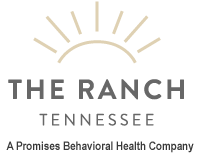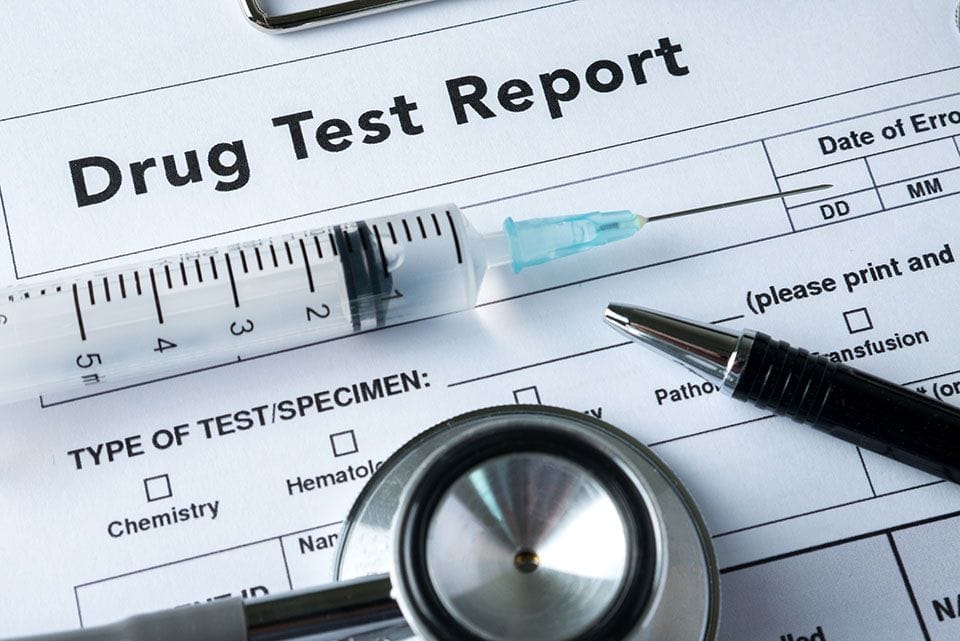An addiction to drugs or alcohol is acknowledged by the American Psychiatric Association as part of a larger diagnosable mental illness known as substance use disorder. In many cases, people who qualify for a substance use disorder diagnosis also qualify for a diagnosis of at least one other form of mental illness. Psychological trauma resulting from exposure to certain life events can also increase the odds that any person will develop certain diagnosable mental health problems. In a study published in January 2014 in the journal Mental Health and Substance Use, researchers from the University of Oklahoma Health Sciences Center investigated the extent to which substance addiction, other mental illnesses and psychological trauma overlap in the general population.
The Basics
Doctors and researchers are well aware that substance addiction and other forms of mental illness function as comorbid conditions. This means that any given individual affected by both of these issues will typically experience substantially more serious problems than an individual only affected by addiction or only affected by another mental illness. The term commonly used to identify the simultaneous presence of substance abuse or addiction and any other manifestation of mental illness is “dual diagnosis.” A range of underlying factors helps explain the relative frequency of dual diagnosis in the U.S. population. Examples of these factors include the potential for substance abuse or addiction to contribute to the emergence of other mental illnesses, the tendency for people affected by other mental illnesses to begin abusing drugs or alcohol, and the impact of underlying environmental and biological factors that increase the odds for the onset of both substance use disorder and other serious mental health concerns.
Psychological Trauma
Psychological trauma is a natural chemical/biological reaction to exposure to events or situations that could potentially have severely damaging or fatal outcomes. Most people exposed to such events or situations recover in time and experience a restoration of their normal mental/emotional function. However, some people don’t recover quickly from exposure to traumatic situations and subsequently develop serious related mental health issues. When these issues last for 30 days or less, doctors can potentially diagnose the presence of a mental illness called acute stress disorder. When trauma-related mental health issues last for more than 30 days, or arise more than 30 days after trauma exposure, doctors can potentially diagnose the better-known mental illness called post-traumatic stress disorder or PTSD. Unresolved problems with psychological trauma can also lead to significant physical problems that include asthma or other breathing-related issues and obesity.
The Degree of Overlap
In the study published in Mental Health and Substance Use, the University of Oklahoma researchers used an examination of a group of patients seeking treatment at the university’s various health facilities to estimate how much substance addiction, any other form of mental illness and psychological trauma overlap in any large-scale population. In order to make this estimation, they gathered relevant information from each participant with the help of an extensive testing procedure called the Personality Assessment Inventory (PAI), which uses a series of 22 separate scales or rankings to measure (among other things) an individual’s depression levels, anxiety levels, trauma-related stress levels, level of involvement in drug use/abuse and level of involvement in alcohol use/abuse. The PAI also estimates global distress, an overall estimate of the stress-related factors that can impair a person’s state of mental well-being. The researchers concluded that the overlapping impact of substance addiction, other forms of mental illness and psychological trauma accounts for roughly 40 percent of any individual’s chances of experiencing either high or low levels of global distress. In other words, a person affected by all three of these issues has a 40 percent higher chance of experiencing significant global distress than the rest of the population, while a person unaffected by all three of these issues has a 40 percent lower chance of experiencing significant global distress than the rest of the population. The single largest contributor to the odds for experiencing global distress is the overlapping presence of both psychological trauma and some sort of non-substance-related mental illness. The next largest contributor is the presence of any mental illness besides substance use disorder, independent of any other overlapping factors. When these contributions are taken into consideration, the addition of an overlapping substance use disorder increases the odds for serious global distress by about 10 percent.


